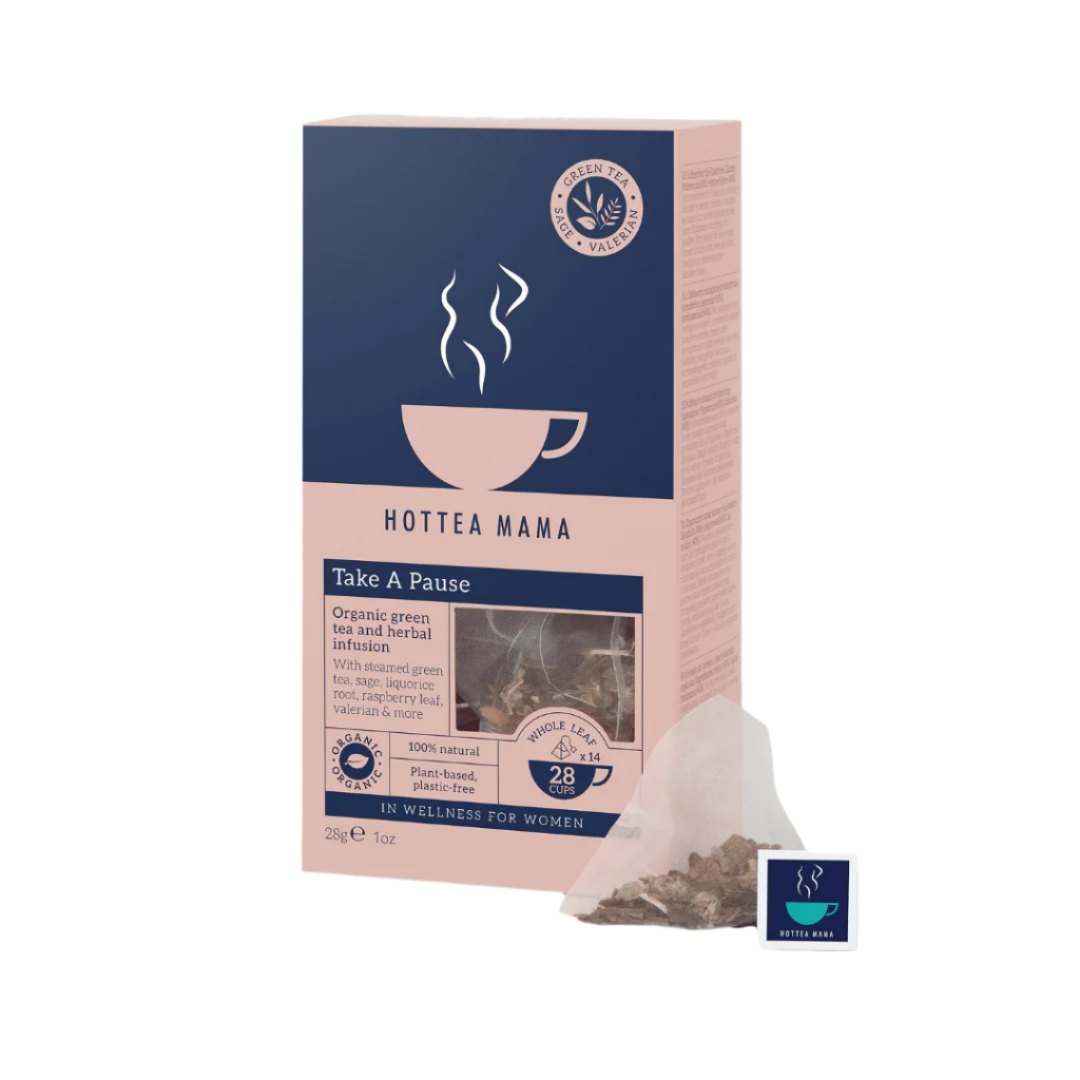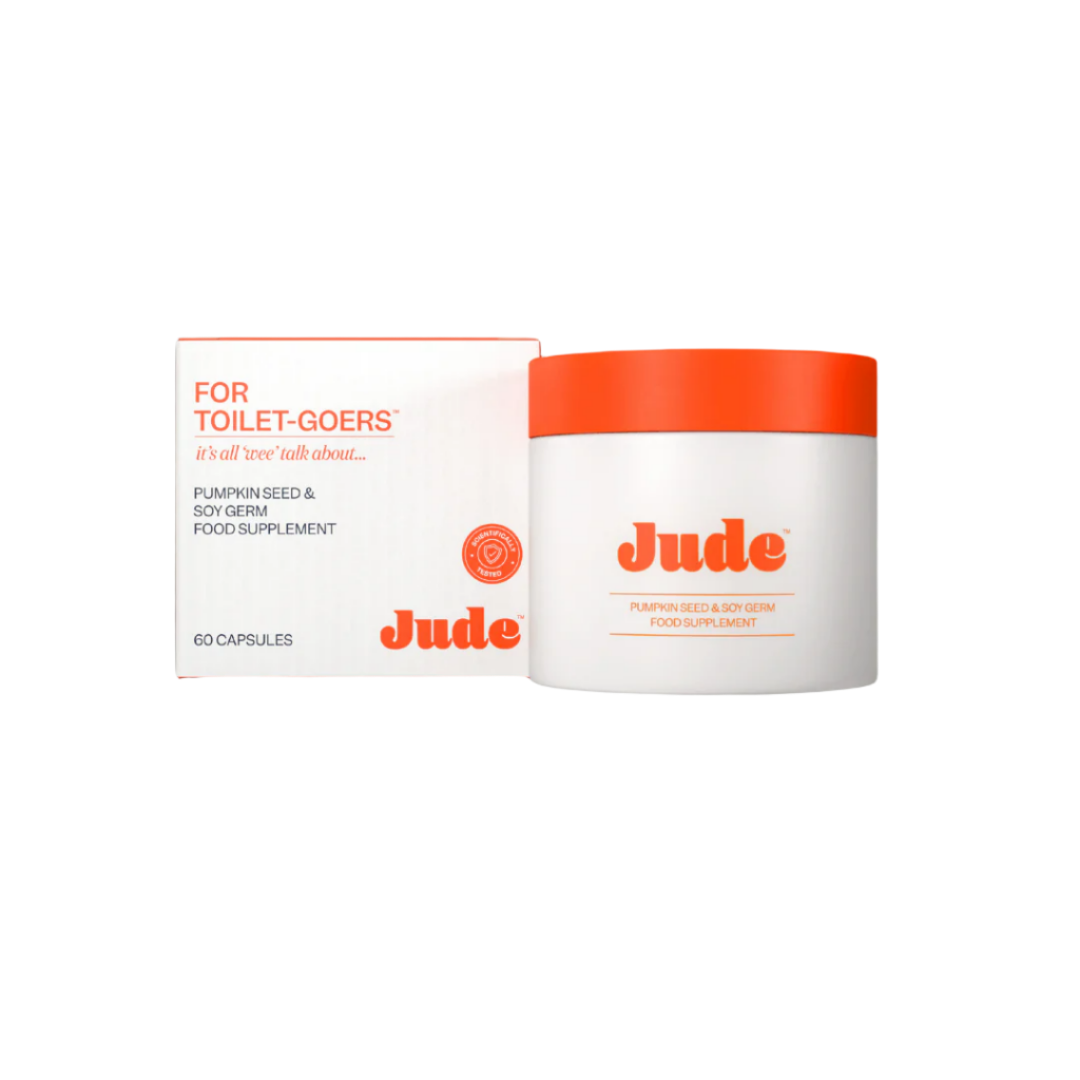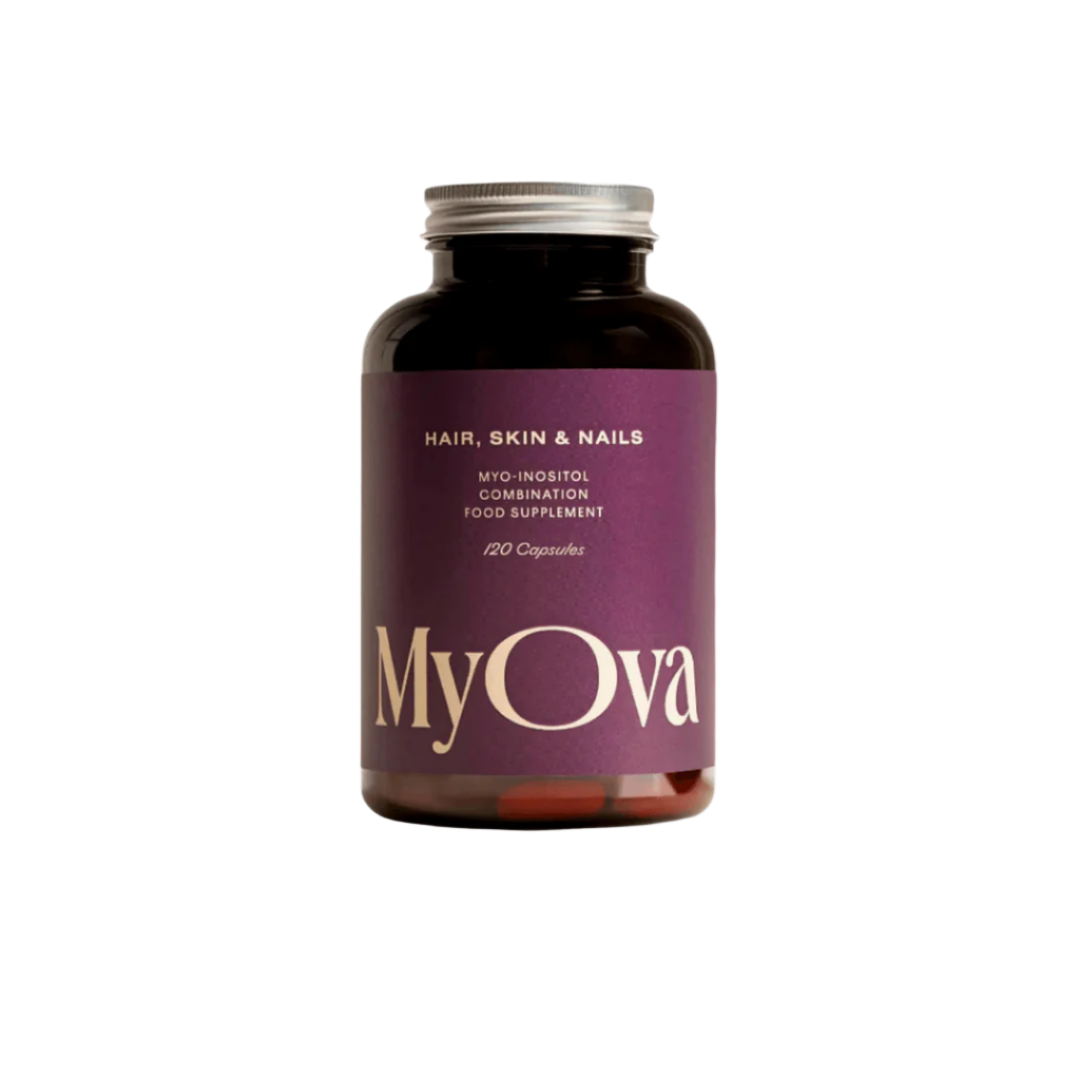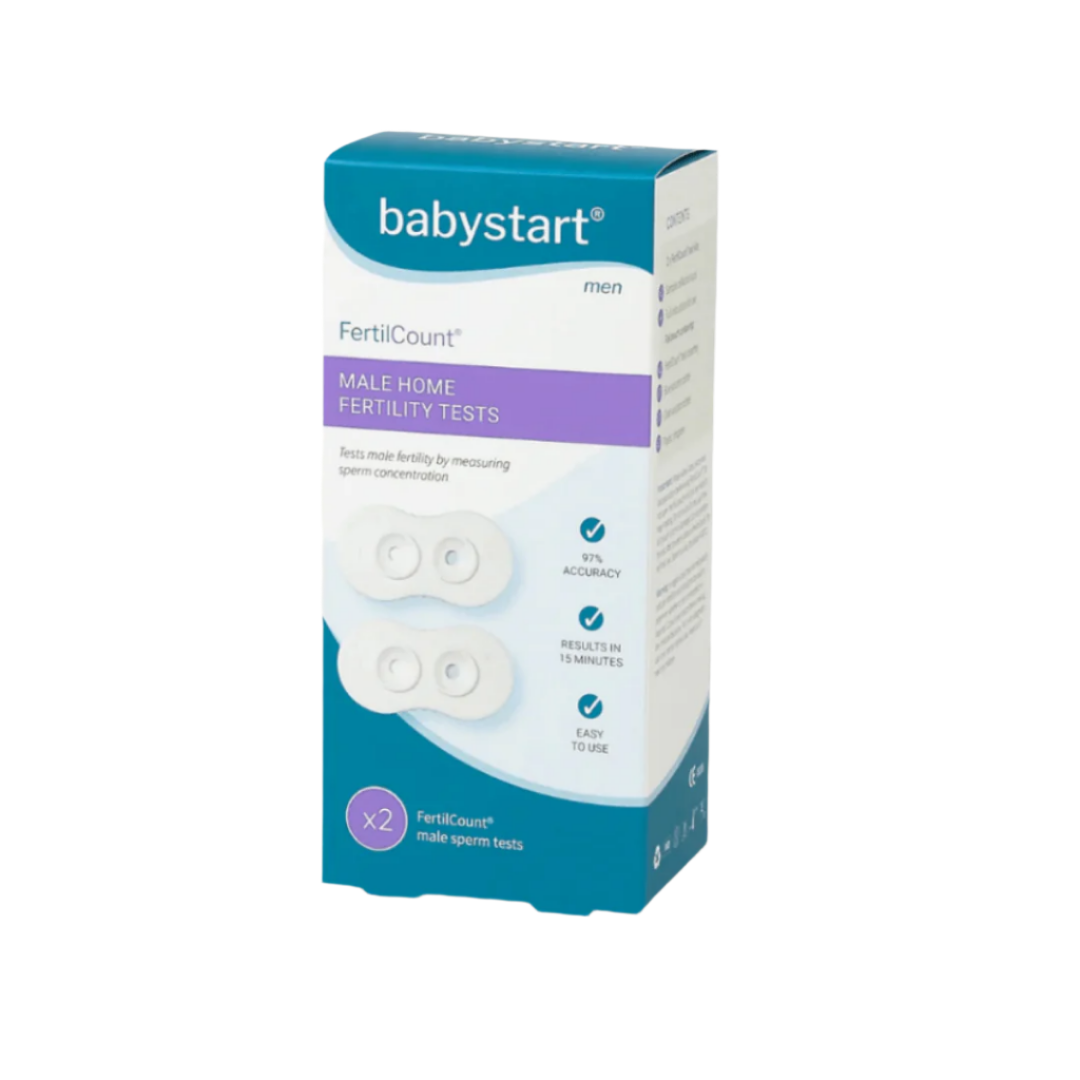Explore our collection of free downloadable guides designed to support you—wherever you are in your journey. Whether you're navigating fertility, menopause, or loss, these resources offer gentle guidance, space to reflect, and practical tools to help you feel informed and supported.

Track Your Cycle with Ease – Tempdrop
This wearable basal body thermometer adapts to your unique cycle, giving you accurate insights with zero stress. Say goodbye to early mornings and hello to effortless tracking, whether you’re trying to conceive or simply getting to know your body better.
The femme Journal
You may also like to read some of our recent blog posts.
BBT Wearables vs Thermometers: Accuracy, Benefits & the Symptothermal Method
Learn how to track your basal body temperature (BBT) to understand ovulation, monitor fertility patterns, and gain insights into your menstrual cycle. This guide covers tools, charting tips, and how combining BBT with methods like the Symptothermal Method can improve accuracy and support reproductive health.
Learn moreLearn Everything About BBT Basal Body Temperature Tracking
Learn how to track your basal body temperature (BBT) to understand ovulation, monitor fertility patterns, and gain insights into your menstrual cycle. This guide covers tools, charting tips, and how combining BBT with methods like the Symptothermal Method can improve accuracy and support reproductive health.
Learn more5 Tips for Coping with Infertility During the Holidays
Struggling with infertility? Discover 5 practical strategies to manage emotions, prioritise self-care, lean on support, and protect your wellbeing, helping you find peace and resilience during challenging times.
Learn moreEgg & Sperm Quality: The Hidden Key to Fertility Health
Fertility isn’t just about timing it’s about quality. During National Fertility Awareness Week, we’re shining a light on one of the most overlooked aspects of conception: egg and sperm health. Whether you’re actively trying to conceive or planning for the future, understanding how lifestyle, nutrition, and targeted supplementation affect reproductive cells can make a big difference. Why Egg Quality Matters A woman is born with all the eggs she will ever have around one to two million. Over time, that number and quality naturally decline. By the mid-30s, fewer eggs are released, and the likelihood of chromosomal abnormalities increases, which can affect conception and pregnancy outcomes. The good news? Egg quality can be supported with lifestyle changes and fertility-focused supplements. Tips to Support Egg Health Nourish your body: Antioxidants like vitamins C and E, selenium, and CoQ10 protect eggs from oxidative stress. Balance blood sugar: Whole foods, lean proteins, and healthy fats stabilise hormones and support ovulation. Reduce toxins: Limit alcohol, smoking, and environmental toxins like BPA. Prioritise rest & stress management: Chronic stress can impact ovulation and hormonal balance. Supplements like Ovum are designed to provide essential vitamins, minerals, and antioxidants to support egg quality and reproductive health. Femme Health Pre-Conception & Ovulation Support Supplement, formulated to nourish your body for conception. Sperm Health: More Than Just Count Sperm quality isn’t only about quantity it’s about motility (movement), morphology (shape), and DNA integrity. Research shows that sperm health can change within about three months, as that’s how long new sperm take to develop. Ways to Boost Sperm Quality Maintain a healthy weight: Excess body fat can affect testosterone and sperm production. Fuel up: Zinc, folate, vitamin D, and omega-3s support sperm quality. Stay cool: Avoid excessive heat from laptops or saunas on the lap area. Cut back on toxins: Smoking, heavy alcohol use, and recreational drugs can harm sperm DNA. The Power of Preconception Care Preconception health isn’t just for those ready to conceive today it’s a form of body literacy. Understanding your fertility empowers you to make informed choices about your health, family planning, and overall wellbeing. Consider fertility testing or consultations to learn more about: Ovarian reserve testing (AMH, FSH, AFC) Semen analysis Hormone balance panels Nutritional and lifestyle assessments Supplements like Ovum Femme Health Pre-Conception & Ovulation Support can complement these lifestyle and testing strategies, providing targeted nutrients to support both egg and sperm quality. Key Takeaway Both Egg & Sperm Quality are vital to conception, and both can be nourished through lifestyle, diet, and supplementation. Nutrition, stress management, and targeted vitamins play powerful roles in protecting reproductive health. This National Fertility Awareness Week, let’s normalise conversations around fertility because awareness is the first step to empowerment. Because fertility health is whole-body health.
Learn more


















